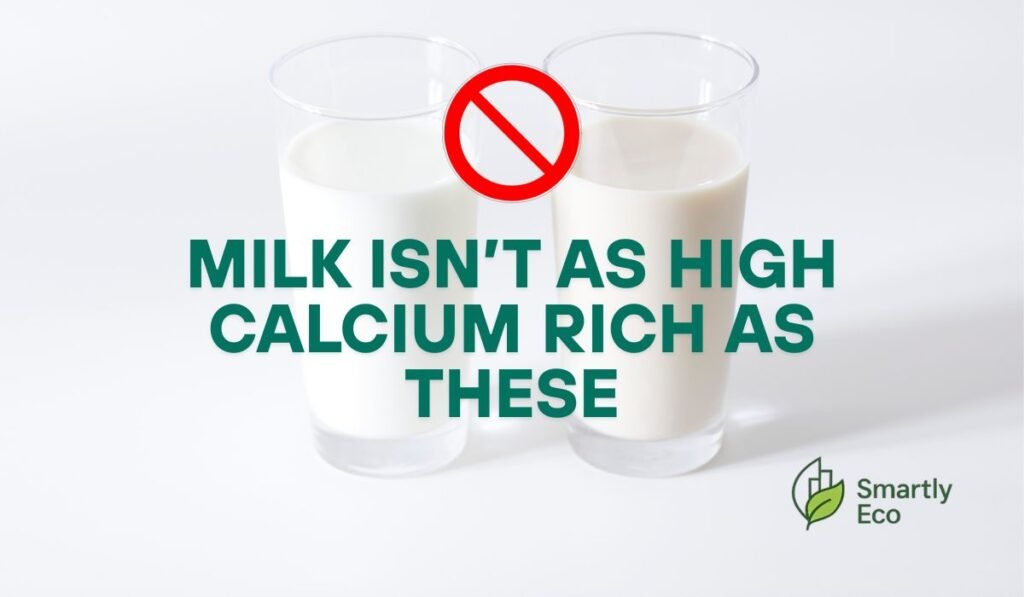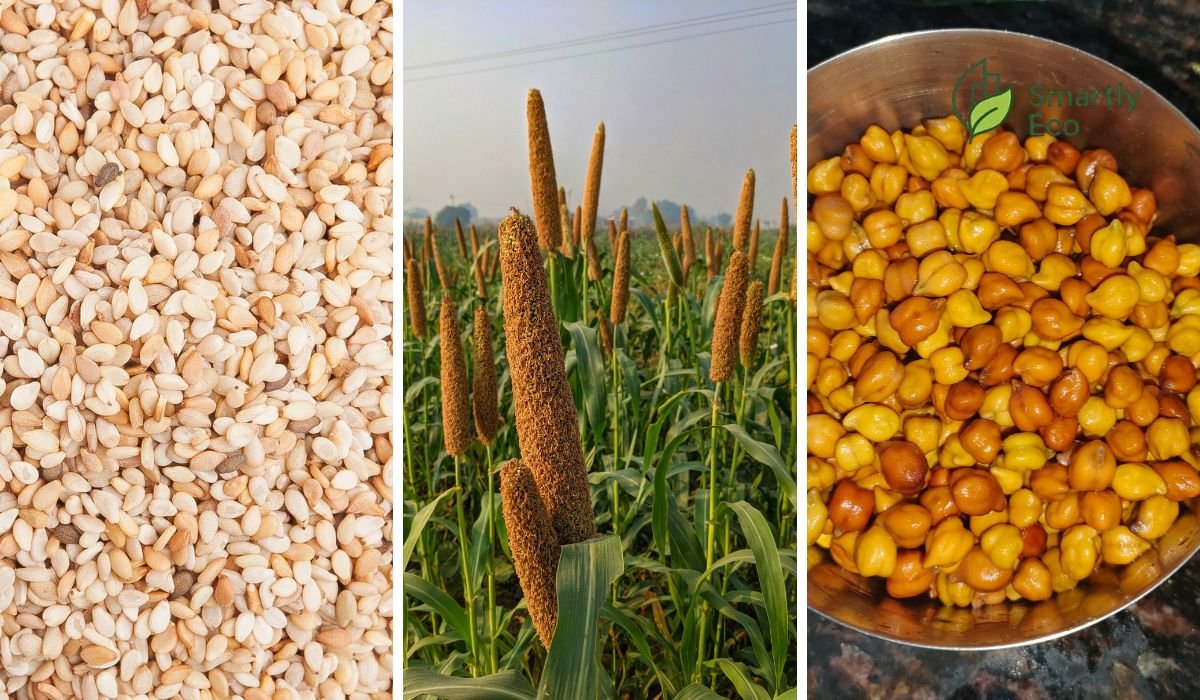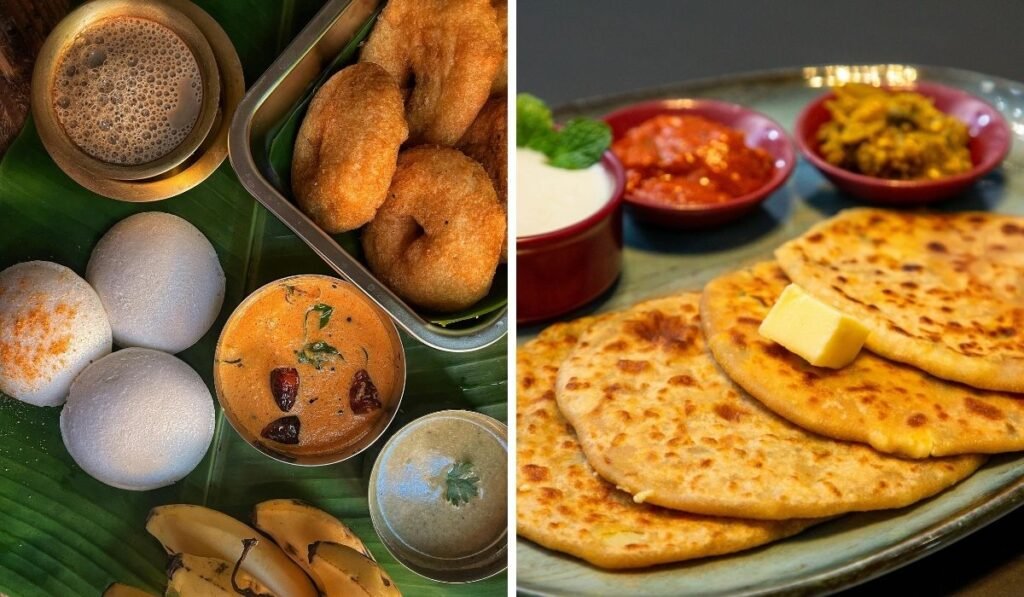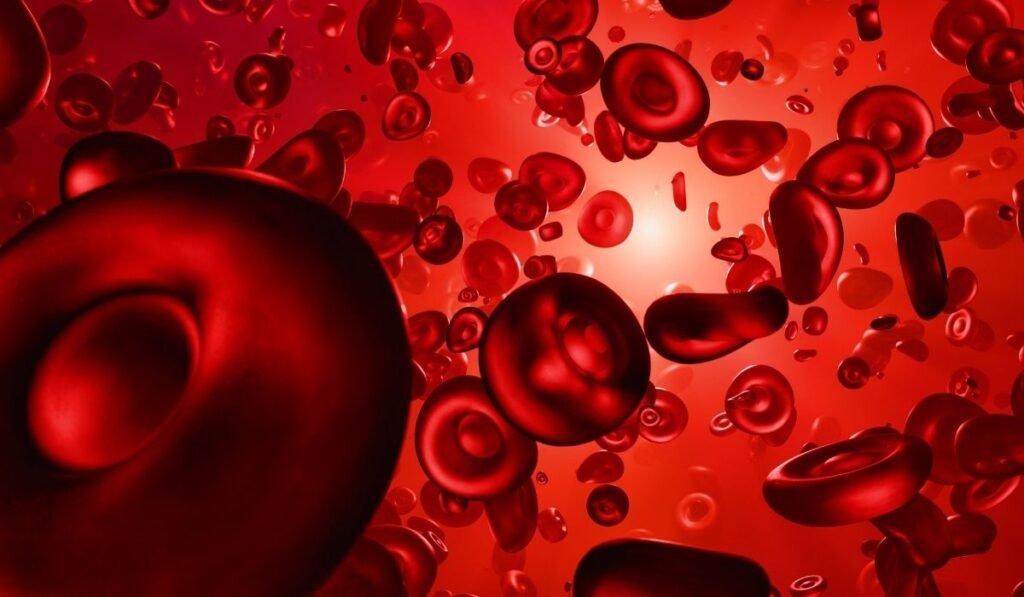Warm mornings in my grandmother’s kitchen taught me something school never did: the best foods for healthy bones aren’t always what the commercials tell you. When I was a child, the smell of roasted sesame seeds and steaming ragi dosas mingled with laughter during breakfast. My grandfather—never a fan of milk—lives in his 80s with bones strong enough to walk unaided. His secret? A blend of simple, earthy ingredients modern science is finally beginning to appreciate.
Ever found yourself cringing at another bowl of cereal with cold milk, wishing for something tastier and less of a digestive gamble? You’re not alone. India has millions dealing with lactose intolerance, not to mention those who simply prefer plant-powered eating. The good news: nature’s pantry is bursting with calcium if you know where to look.
Why Calcium Deserves Your Everyday Attention
Think of calcium as the cement holding up your house. Sure, it’s all about bones and teeth, but—like the foundation of a home—calcium gives strength and structure so your “house” (body) stands tall. When calcium runs low, the body borrows it from bones and teeth, a bit like taking bricks from the garden wall to repair the kitchen—effective in a pinch but risky in the long run.
Here’s a quick reality check:
- 99% of calcium is locked into bones and teeth.
- Lack of it can show up as back pain, weak nails, joint creaking, dental problems, tiredness, or even skin issues like eczema.
When I first started learning Ayurveda, my teacher, a sprightly 60-year-old yogini, didn’t just recite textbook symptoms: she shared stories of villagers who strengthened their bones with homemade ladoos and herbal drinks, not with pills.
Top Five Vegetarian Calcium Sources (Better Than Milk—Yes, Really!)
1. Edible Chuna (Calcium Hydroxide)
Imagine a remedy so simple it’s almost folklore: a tiny pinch of edible chuna stirred into a bowl of fresh curd at lunch. It doesn’t sound revolutionary—but countless families swear by it, myself included. Ayurveda prescribes this method for those who want a gentle, natural mineral boost. Use only purified edible chuna found at trusted local stores; leave wall plaster to the masons!
My uncle, a sceptic about urban supplements, got relief from chronic joint ache in just few weeks after adding chuna to his diet, paired with homemade dahi.
Why it works:
A tiny amount, paired with fat-rich curd, lets your body soak up more calcium without risking kidney stones—unlike gulping down calcium tablets with a glass of water, which some doctors warn can cause stones.
2. Sesame Seeds (Til)
If you ever walked through a bustling Indian bazaar in winter, chances are you passed a vendor making til-gud ladoos. My grandfather claimed those ladoos gave him more stamina than a glass of milk!
- 100g sesame = 975 mg calcium
- Way more than the same amount of milk
- Also includes magnesium, essential for absorption
Sprinkle roasted sesame on salads. Fold it into roti dough. Make a batch of crunchy ladoos. And there’s a ritual passed through generations: massaging joints with sesame oil and sunbathing for a dose of Vitamin D—which science now confirms helps calcium absorption.
3. Horse Gram (Kulthi Dal)
Kulthi dal isn’t glamorous, but stories say it made farmers strong enough to lift boulders and break stones (literally and medically). I still remember the earthy aroma in my aunt’s home after a big pot of kulthi cooked for Sunday lunch.
- 100g horse gram = 300 mg calcium
- Unique bonus: helps dissolve kidney stones instead of causing them
- Exceptionally good for diabetics
Eat it like a regular dal, or sprout for salads. Old timers say, “Rajma Mondays, Chana Wednesdays, Horse Gram Fridays”—balance and variety win over any single magic food.
4. Amaranth (Rajgira / Ramdana)
Rajgira isn’t just “fasting food”—it’s a sturdy staple in tribal diets. On my travels through Maharashtrian villages, locals offered me amaranth porridge spiced with fresh turmeric—a dish that kept them working outdoors all day.
- 100g amaranth = 340 mg calcium
- Complete vegetarian protein (all 9 essential amino acids)
- Contains Vitamin C, enhancing absorption
Use it for rotis, parathas, or energy bars. Swap rice out with cooked rajgira for curries. The flavors are nutty and comforting, and your body will thank you while your palate dances.
5. Ragi (Finger Millet)
Every region has its soul food. In Bengaluru, ragi malt is more popular than smoothies. My own switch from oats to ragi a year ago made my meals more satisfying, kept my energy stable, and—bonus—helped my iron levels.
- 100g ragi = 300 mg calcium
- Also packed with potassium, iron, and fiber
Start with ragi dosas or idlis for breakfast. Or whip up a cooling ragi malt: Cook ragi flour, let it cool, add curd, salt, a dash of lemon, and surprise yourself with a calcium drink your doctor would approve.
Unlocking Calcium Absorption: The Insider’s Guide
You can eat all the calcium you like, but if your gut’s out of balance, or you live on tea and biscuits, your bones might still feel empty. Ayurveda and modern nutrition both say:
- Vitamin D (morning sun, anyone?) activates calcium.
- Vitamin C (think lemon, amla, guava) doubles absorption rates.
- Fat (in curd, nuts, ghee) acts as a transport system.
My personal tip? Start mixing one teaspoon roasted sesame seeds into your breakfast—not next week, but tomorrow. Subtle changes bring lasting results.
FAQ
Q1. What are the best vegetarian sources of calcium in India?
Some of the richest vegetarian calcium sources are sesame seeds, ragi (finger millet), rajgira (amaranth), horse gram, and even edible chuna with curd. These foods are deeply rooted in Indian kitchens and provide far more calcium than milk per gram.
Q2. Can I get enough calcium without drinking milk?
Yes, absolutely. A balanced mix of ragi, sesame seeds, amaranth, kulthi dal, and green veggies can cover your calcium needs. The key is consistency and variety, not relying on just one food.
Q3. Is edible chuna really safe to eat?
Yes, if you use purified edible chuna from a trusted store and stick to just a pinch with curd or paan, as per Ayurvedic practice. Avoid construction lime—it’s unsafe. Moderation is the key here.
Q4. Do calcium supplements work as well as food?
Not really. Natural foods bring in co-factors like magnesium, vitamin C, and fats that help absorption. Supplements without these helpers may not be absorbed fully and, in some cases, may increase the risk of kidney stones.
Q5. What is the best time to eat calcium-rich foods?
Morning or lunchtime with some natural fat (like curd, ghee, or nuts) is ideal. Avoid taking heavy calcium foods late at night since digestion slows down then.
Q6. How can I improve calcium absorption naturally?
Spend some time in the morning sun for Vitamin D, include Vitamin C-rich foods like amla or lemon in meals, and pair calcium foods with healthy fats. Even simple habits like sprinkling roasted sesame seeds on breakfast can make a big difference.
Q7. Which Indian home remedies are good for bone strength?
Til-gud ladoos in winter, ragi malt for breakfast, rajgira rotis, and kulthi dal curries are all time-tested. Ayurveda also suggests a pinch of edible chuna with curd for safe, natural calcium support.
How City Dwellers Can Easily Boost Calcium with These Vegetarian Superfoods
Living in the city often means juggling deadlines, traffic, and an endless to-do list. The thought of overhauling your diet might feel overwhelming. But here’s where good news meets simplicity: you don’t need long hours or fancy ingredients to nourish your bones. Just a few small tweaks using everyday vegetarian calcium sources can work wonders—even in the busiest urban kitchens.
Picture this: your morning rush, but with a twist. Instead of skipping breakfast or grabbing that usual sugary cereal, spoon in a teaspoon of roasted sesame seeds into your yogurt or smoothie. It’s a tiny habit—almost effortless—but packed with calcium that milk alone can’t match.
At lunch, when ordering food or cooking at home, swap regular rice or wheat roti with ragi or rajgira rotis a couple of times a week. These grains digest well and provide a slow-release energy burst, perfect for sustaining your afternoon hustle.
Dinner doesn’t have to be complicated either. Pick up a nice pack of kulthi dal from your local store or grocery app, and cook it like your regular dal. Add fresh lemon or amla on the side for an extra vitamin C kick to help your body soak up the calcium.
Most importantly, these foods aren’t just bone-friendly—they fit beautifully into the Indian palate and lifestyle. They blend with your favorite spices, veggies, and chutneys—no drastic change, just enhanced meals with ancient wisdom behind them.
For those evenings when time is tight, a simple remedy passed down from my mother’s kitchen: mix a pinch of edible chuna onto a paan. It’s a small ritual that supports your body’s calcium needs while you rest.
Even on weekends, enjoy making til-gud laddus or sprinkling sesame over your salads and snacks—an easy way to treat your family to nutrient-packed bites.
In a concrete jungle, nutrition doesn’t have to be complicated. Start tiny, stay consistent, and soon your body will thank you with stronger bones, better energy, and a healthy glow that city smog can’t steal.
Wrapping It Up: Small Changes, Big Impact for Stronger Bones
Taking care of your bones doesn’t mean complicated routines or expensive supplements. By simply embracing these vegetarian calcium-rich foods like sesame, ragi, and horse gram in your everyday meals, you’re making a nourishing investment in your long-term health. These ingredients carry the wisdom of generations and blend effortlessly into modern urban lifestyles—proving that sometimes, ancient traditions offer the simplest solutions.
So, next time you prepare your breakfast or plan your weekly groceries, consider these small but powerful swaps. Your future self will thank you for building strength from the inside out with the goodness nature intended. After all, strong bones aren’t built overnight, but with steady, loving care in every bite.
Nikita Palesha is a wellness advocate and eco-conscious writer who shares simple, sustainable tips for everyday living. She’s passionate about mindful choices that support a healthier planet and a balanced lifestyle.





